Meteoroids, Meteors and Meteorites
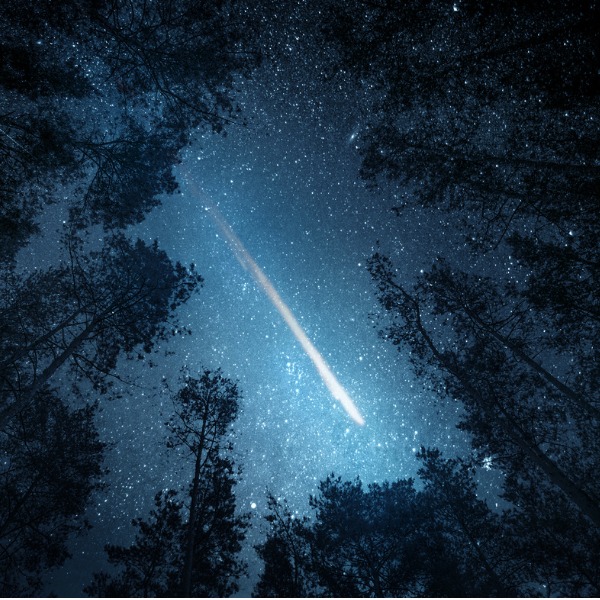
Meteor seen through an opening in the trees (Trifonov_Evgeniy, iStockphoto)

Meteor seen through an opening in the trees (Trifonov_Evgeniy, iStockphoto)
How does this align with my curriculum?
Learn about where and when to find meteoroids, meteors and meteorites.
Météoroïdes et météores
Small Solar System Bodies (SSSBs) are non-planet objects that orbit around our Sun. SSBs include asteroids, comets and meteoroids. A meteoroid is an object smaller than 1 metre in diameter. Very small meteoroids are micrometeoroids. They can be as small as a grain of sand. We call anything smaller than 30 micrometres interplanetary dust.
In the void of space, meteoroids travel at great speeds. They can enter Earth’s atmosphere at speeds from 39 600 km/h up to 259 200 km/h. As a meteoroid travels through the atmosphere, it meets resistance from the air. This resistance is from a force called friction. But an even more important force comes from the compression of the air in front of the moving meteoroid. The compression of air increases the pressure of the air. The high pressure increases the temperature of the air. This burns material on the meteor’s surface, creating a visible light.
From Earth, this fast-traveling, burning rock will appear as a streak of light. A meteor is the visual phenomenon we observe. Meteors can be meteoroids or asteroids. Meteors are usually visible as they enter the thermosphere. They only last a few seconds before they burn up. But fast or large meteors can be visible from higher altitudes and last up to a couple of minutes. Before people understood objects in space, they called those meteors falling stars or shooting stars. But meteors have nothing to do with stars, other than the fact that they both emit light.
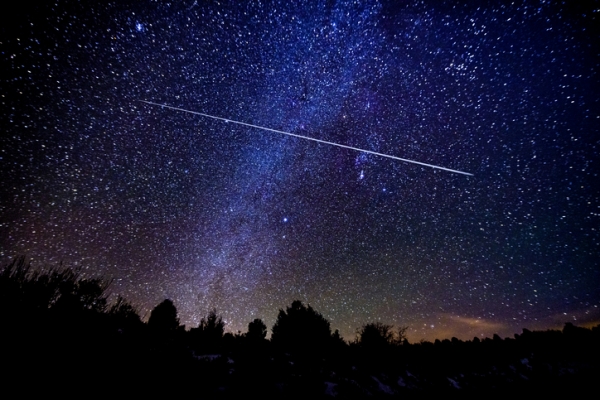
Fireballs is a term astronomers use to describe very bright meteors. By definition, fireballs must be brighter than the planet Venus. Sometimes, a fireball can explode. Then it is a bolide. In 2013, a bolide exploded near the town of Chelyabinsk in Russia. This bolide was actually an asteroid. Meteoroids rarely get that close to Earth before exploding.
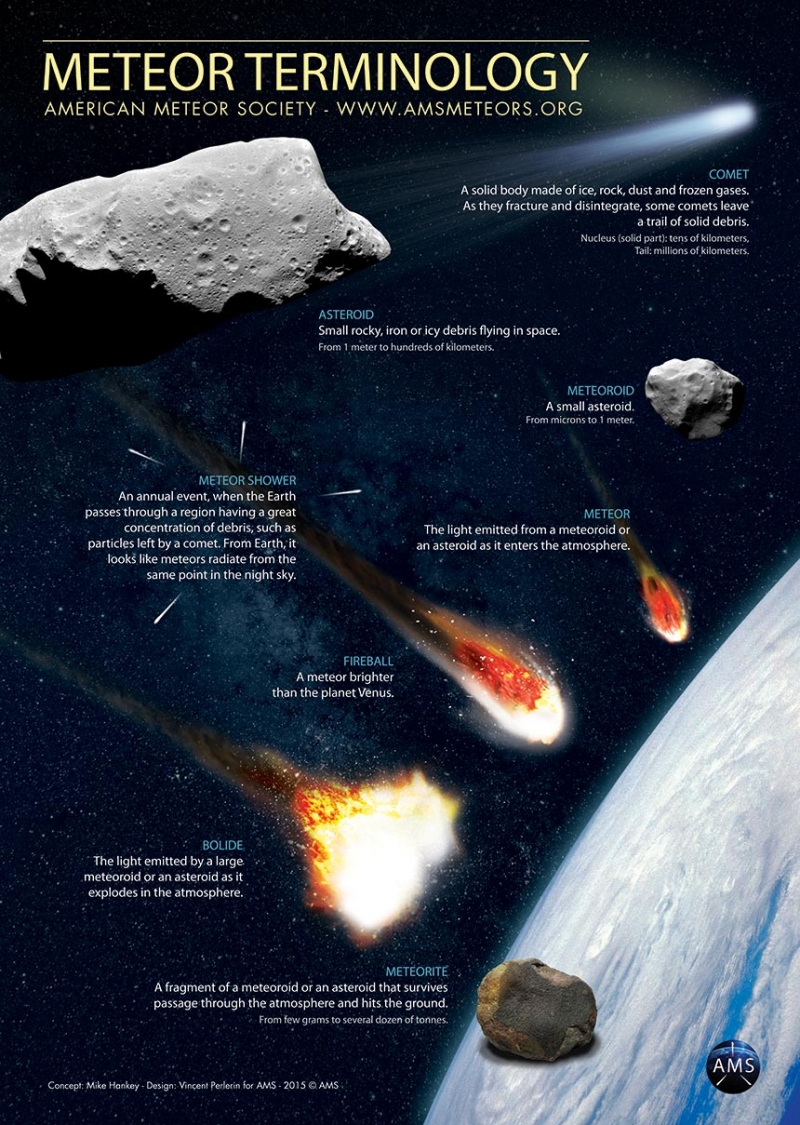
We can also tell fireballs by the visible trail of debris they leave in their path. There can be two types of trails. These are ionizing trails, also known as trains, and smoke trails.
While a meteor is moving through the atmosphere, it charges the air molecules around it. Those ionized molecules glow and create a bright trail behind the meteor. At the altitude at which this occurs, air moves much less than it does closer to the surface. If a trail remains visible in the sky for many minutes, it is called a persistent train.
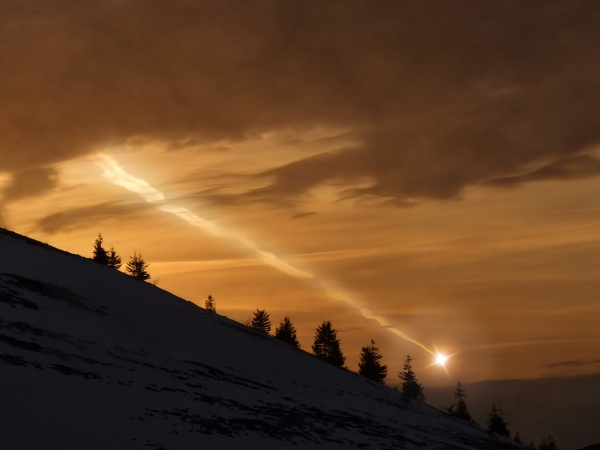
Smoke trails are non-luminous trails of smoke. They can sometimes look like the contrails that planes leave in the sky.
Pluies de météores
You probably know that comets leave a trail of debris behind them as they move through space. Meteor showers happen when Earth crosses the orbit of comets or big asteroids. This is why meteor showers happen every year around the same time.
During a meteor show, the meteors all seem to enter Earth’s atmosphere from the same point. This is because the meteoroids from a comet all travel on the same path. We call the area where they seem to originate a quadrant. The quadrant is named for the nearest constellation. The showers have names from these constellations. For example, the most popular one to view is the Perseid meteor shower. This is probably because it happens during warm August nights. Perseid meteors all seem to originate near the constellation Perseus.
Did you know?
The most intense meteor shower recorded was the 1833 Leonid shower, when observers saw 20 to 30 meteors per second. That's around 75 -100 000 per hour! Many people thought that the end of the world was coming.
Below is a table of 4 of the major meteor showers. But meteors fall on Earth every day. And although meteors also fall during the day, it is much easier to see them at night. So whenever you’re outside at night, look up and you might see a meteor!
|
|
Time |
Peak |
Approximate meteors per hour |
Origin |
Quadrant (constellation) |
|---|---|---|---|---|---|
|
Eta Aquarids |
April 19 - May 28 |
May 5-6 |
50 |
Aquarius (near one of its brightest stars, Eta Aquarii) |
|
|
Perseids |
July 14th - August 24th |
August 12-13 |
110 |
Perseus |
|
|
Geminids |
December 4th-17th |
December 13-14 |
120 |
(possibly a dead comet) |
Gemini |
|
Quadrantids |
January 3-4 |
110 |
Bootes (originally called Quadrans Muralis) |
Did you know?
Earth goes through the Halley comet’s path twice a year. The Eta aquarids happen in the spring while we have the Orionids in the fall.
Météorites
If a meteor makes it through the atmosphere and lands on the surface, then it becomes a meteorite. Most of the meteorites found on land are the size of pebbles. The biggest meteorite ever discovered is the Hoba meteorite. A farmer plowing his field in Namibia found it in 1920. It is about 3 metres wide and one metre thick. It weighs around 50 tons. It is 82% iron and 16% nickel, making it the largest natural ferronickel meteorite found on Earth.
There are three main types of meteorites. These are stony, metallic and stony-metallic meteorites. There are many subcategories that depend on what the meteorite is made of.
Most meteorites found are stony meteorites. They are mainly made of silicates. Silicates are silicon-based compounds. Silicon is the second most common element on Earth. Stony meteorites are made of similar materials to Earth rocks, but they look different. For instance, among stony meteorites, the most common category is chondrites. Chondrites are meteors with chondrules. Chondrules are visible spherical pieces of minerals. Scientists think that chondrites are as old as the Solar System. Chondrites formed around 4,5 billion years ago and haven’t changed much since.
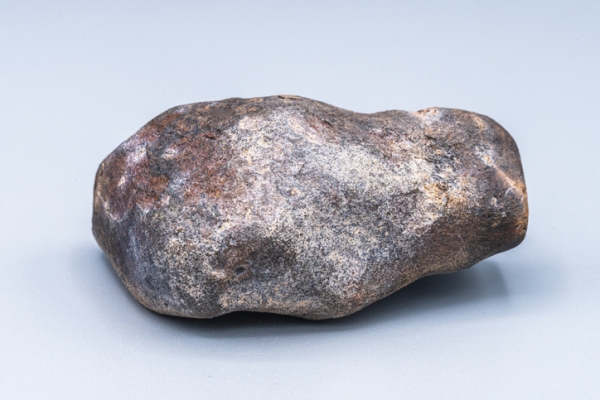
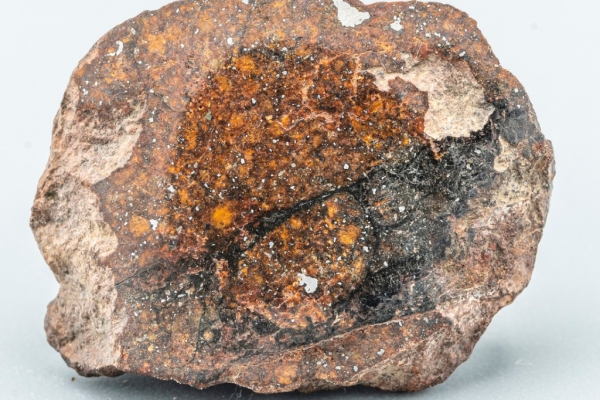
Achondrites do not have chondrules. They show signs of things that happened after the birth of the Solar System. Like igneous rocks on Earth, most achondrites have molten materials that solidify. Scientists think that most achondrites are pieces of asteroids, moons and planets.
We can rarely identify the exact origin of a meteorite. For example, we have found approximately 50 000 meteorites on Earth. We know that 60 came from Mars and 371 from the Moon. We can only confirm these ones because we collected samples from these two places!
Only about 5% of all meteorites found are metallic meteorites. Metallic meteorites are sometimes named iron or iron-nickel meteorites. This is because most metallic meteorites are made of iron or nickel. Scientists think most of these meteorites come from the core of asteroids. They are quite interesting to look at. Their lumpy shapes show how they were once molten metal.
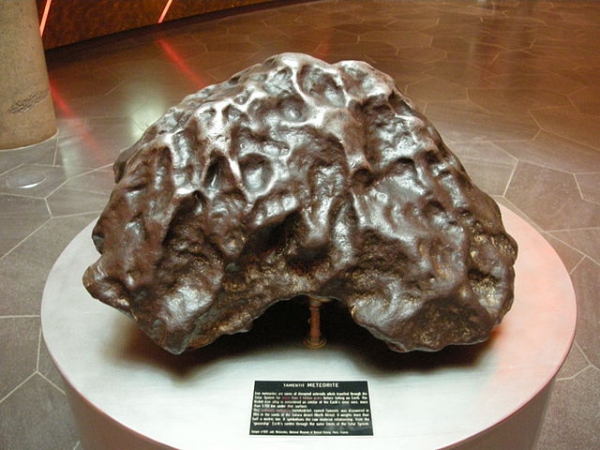
Finding meteorites takes training and patience. It is a little easier to find iron meteorites. They are dark in colour, which helps them to stand out against paler ground. This is why meteorite “hunting” is easier to do in wide, flat areas with light ground, such as deserts.
Studying meteorites can help us understand the origins of the Solar System and its planets. For a long time, they were the only information we had. But we can now combine what we have learned from meteorites with new information collected by space missions.
Impactites are earth materials transformed by meteor impacts. It is easy to mistake them for meteorites. Impactites can take many different forms. They can look like pieces of glass when an impact happens on a sandy terrain. Tektites are one type of impactite. They look like terrestrial obsidian but have characteristic shapes.
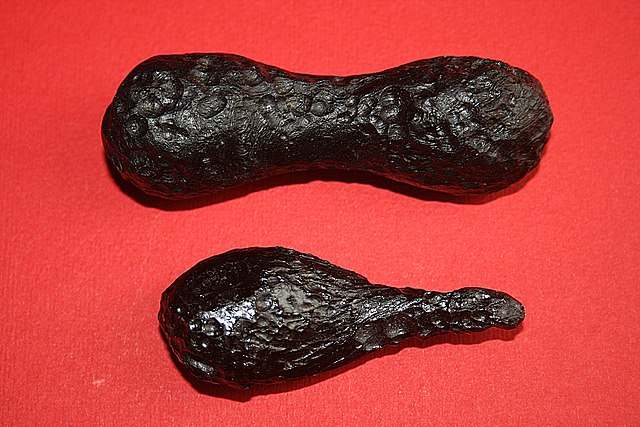
Fréquence et risque pour les humains
So, how many meteors and meteorites get to Earth every day? Scientists estimate that between 50 to 100 tons of meteoroids and interplanetary dust enter Earth’s atmosphere every day! Meteoroids entering the atmosphere represent little risk to humans because of their size. But asteroids are a different story. You can read our articles on this topic in the Learn More box below!
Did you know?
Every year, the Earth is hit by about 6 100 meteors large enough to reach the ground, or about 17 every day, research has revealed.
Learn More
Could We Stop an Asteroid? (2019)
This article from Let’s Talk Science explores what could happen if an asteroid were to hit the Earth and how we could stop one.
Dealing with Asteroids and Other Space Hazards (2019)
This article from Let’s Talk Science looks at how astronomers watch the skies hoping to spot threats to the Earth and protect us from those threats.
Impact Craters (2019)
This article from Let’s Talk Science looks at the characteristics of craters left behind when meteorites hit the Earth’s surface, as well as where to find impact craters in Canada.
What Happens When a Meteorite Strikes Earth? (2015)
This video from Popular Science gives a vivid look at the effects of a meteorite impacting the Earth.
References
American Meteor Society, (n.d.). Meteor FAQS
CrashCourse. (2015). Meteors: Crash Course Astronomy #23
National Aeronautics and Space Administration (NASA). (2014). Asteroid Fast Facts
Lotzof, K. (n.d.). Types of meteorites. Natural History Museum (London, UK)
Notkin, G. (n.d.). Meteorite Types And Classification. Geology.com